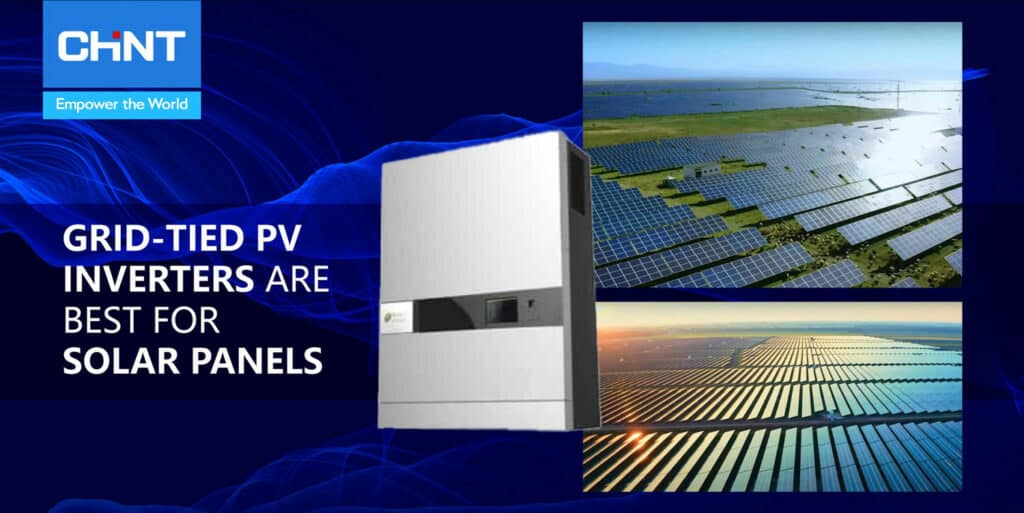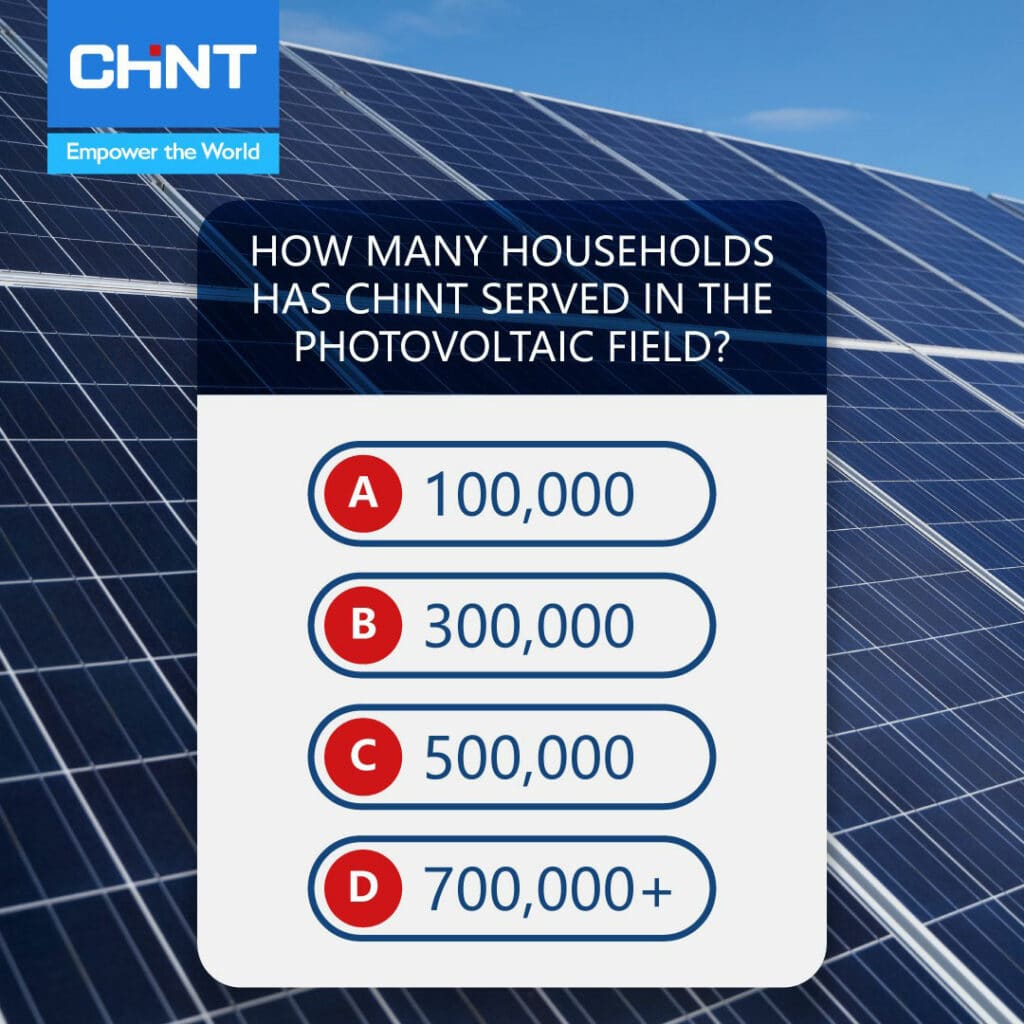Table of Contents |
If you’re thinking about long-term sustainability and energy efficiency, then you’ll need to explore the ins and outs of a residential solar system. The first step is to decide which system works best for your needs.
When purchasing a solar system, you have two main options to choose from – grid-tied and off-grid.
There are advantages and disadvantages to each type of solar power system. This guide takes an in-depth look into the two systems and the pros and cons of each to help you better understand your choices.
Grid Tie vs. Off-Grid Solar
An off-grid system allows you to be completely independent of your grid supplier, as it does not rely on any other power source – except the sun itself. Whereas a grid-tied system allows you to remain partially dependent on your local utility supply grid.
Choosing the right system can greatly impact equipment efficiency, installation costs, electricity bills, and your return of investment in the long run. Let’s start by looking at the basics:
What are Grid-Tied Solar Systems
Sometimes called on-grid or grid-feed, this system is the most popular and common in both homes and businesses.
As its name suggests, a grid-tied solar system is linked to your local utility grid. Grid-tied solar systems work with your home’s power supply to deliver as much energy as possible. Its intelligent design allows it to know when power is available and when it’s not – synchronizing power delivery with grid power.
This system is made up of these components:
- Grid-tie inverter (GTI) or microinverters
- Power meter
The system starts with its solar panels that harvest and turn sunlight into DC (direct current). The inverter turns DC into AC (alternating current), which runs through a switchboard to power your home and appliances. Lastly, the power meter measures the power to efficiently calculate the electricity generated by both the grid and solar system.
In case of insufficient solar energy, such as during nighttime or cloudy days, the inverter switches back to its grid power source.
Grid-tied systems are also the more budget-friendly option since you don’t have to buy an expensive battery backup system to store excess energy.
What are Off Grid Solar Systems
Off-grid systems are completely disconnected from your power utility grid relying solely on sunlight as its main energy source and making your system entirely self-sufficient.
This system is more complicated, and therefore more expensive, compared to its grid-tied counterpart, and is made up of the following components:
- Solar charge controller
- Battery bank
- Off-grid inverter
- DC Disconnect (additional)
- Backup generator (optional)
Off-grid solar system works by taking energy from solar panels and using it to charge a solar battery via a charge controller. The charge controller limits the electricity stored in the battery bank and protects it from overcharging. This electricity undergoes a conversion process into AC current using an off-grid inverter to bring power to your home.
By storing electricity in its battery bank, this system allows your home to run exclusively on energy from the sun even during the nighttime or on cloudy days.
If you live in a place that doesn’t always have sunlight throughout the year, you’ll need more battery banks to prepare for consecutive days of lack of sun exposure. Alternatively, it might be a good idea to invest in a backup generator. These generators generally output AC power that can be used through an inverter.
Related Article: Why We Need Off-Grid PV Systems
The Differences Between Off-Grid and On-Grid Solar Energy
Difference #1: Electricity Access
Because they are linked to your supply grid, a grid-tied solar system will always provide you with access to electricity – whether or not there is sunlight.
If there is sunlight, the system absorbs and converts energy directly from the solar panels. On cloudy days with less sunlight, the system automatically reverts back to your supply grid.
When it comes to an off-grid solar system, your electricity access is wholly dependent on two sources: the sun and the energy stored in your battery bank.
Since an off-grid system cannot revert back to your local power supply in case of lack of sunlight, you only have what is stored in your battery bank to power your home.
Difference #2: Excess Energy Production
When grid-tied systems produce more energy than required—such as during extremely warm summers – the extra energy is sent back to the supply grid in exchange for electricity credits. They are then used on days when the PV cells do not produce energy without being charged on your electricity bill.
This process is known as net metering and is mandatory in most states.
When it comes to off-grid solar systems, any extra energy is stored directly in the batteries for storage. The stored energy can be used during cloudy days or when there is not enough sun exposure to power the panels.
Difference #3: Grid Power Outage
This is one of the major disadvantages of grid-tied systems: when there is no sunlight and the grid goes down resulting in a power outage, you won’t have access to any electricity. Unless of course, you opt to invest in a battery bank or generator.
Off-grid solar systems, however, work independently of the grid and are not affected at all when it goes down.
Difference #4: Electricity Bills
Because it is linked to your local utility grid, a grid-tied system will still result in minimal charges that will reflect on your electricity bill.
Some of the charges include a service fee for connecting your solar system to the grid and demand charges for the increased electric rate you pay for power used during peak demand periods or the time when your home uses the most electricity.
When it comes to off-grid systems which are completely self-reliant, you no longer have to worry about electricity charges. In fact, you won’t even receive an electricity bill at all.
Which Solar System is Right for You?
When deciding which type of solar system is best for you, here are a few important factors to consider:
1. Budget
Grid-tied solar systems tend to be the most cost-effective solution. You’ll be able to cut down on your monthly electricity bills and even generate profit in the form of credits.
Whereas off-grid is more complex and requires more upfront costs for additional equipment like expensive battery banks in order to make it viable.
2. Location
If you live in an urban area with easy access to power lines, then a grid-tied system is easy to incorporate into your home.
But if you live in an area that is far from the power grid, then an off-grid system is the best way to power up your home.
3. Your Energy Needs
If you run a large household or building with a high level of power usage, then the grid-tied solar system provides a great back-up option to make sure you never run out of power.
But, if you have a smaller home or live in an area prone to the constant power outage, then off-grid systems have the advantage of being able to store power for 24/7 use.
Conclusion
The choice between grid-tied and off-grid systems depends on your specific needs.
Grid-tied systems are more budget-friendly and suited for residential areas, where access to the supply grid will help lessen your electrical bills. But if you want complete independence from your local utility supply, off-grid systems provide consistent power without any fear of power outage making it worth the hefty investment.
Whichever you choose, the end goal is still the same: to live sustainably and efficiently. When it comes to this, Chint Global is more than happy to help.
Chint Global is globally renowned for the development of quality solar inverters and other energy products that meet the highest industry standards. Contact us at www.chintglobal.com today to learn more about our products and services.






.png)








